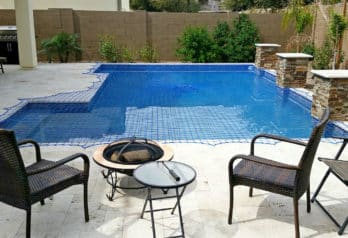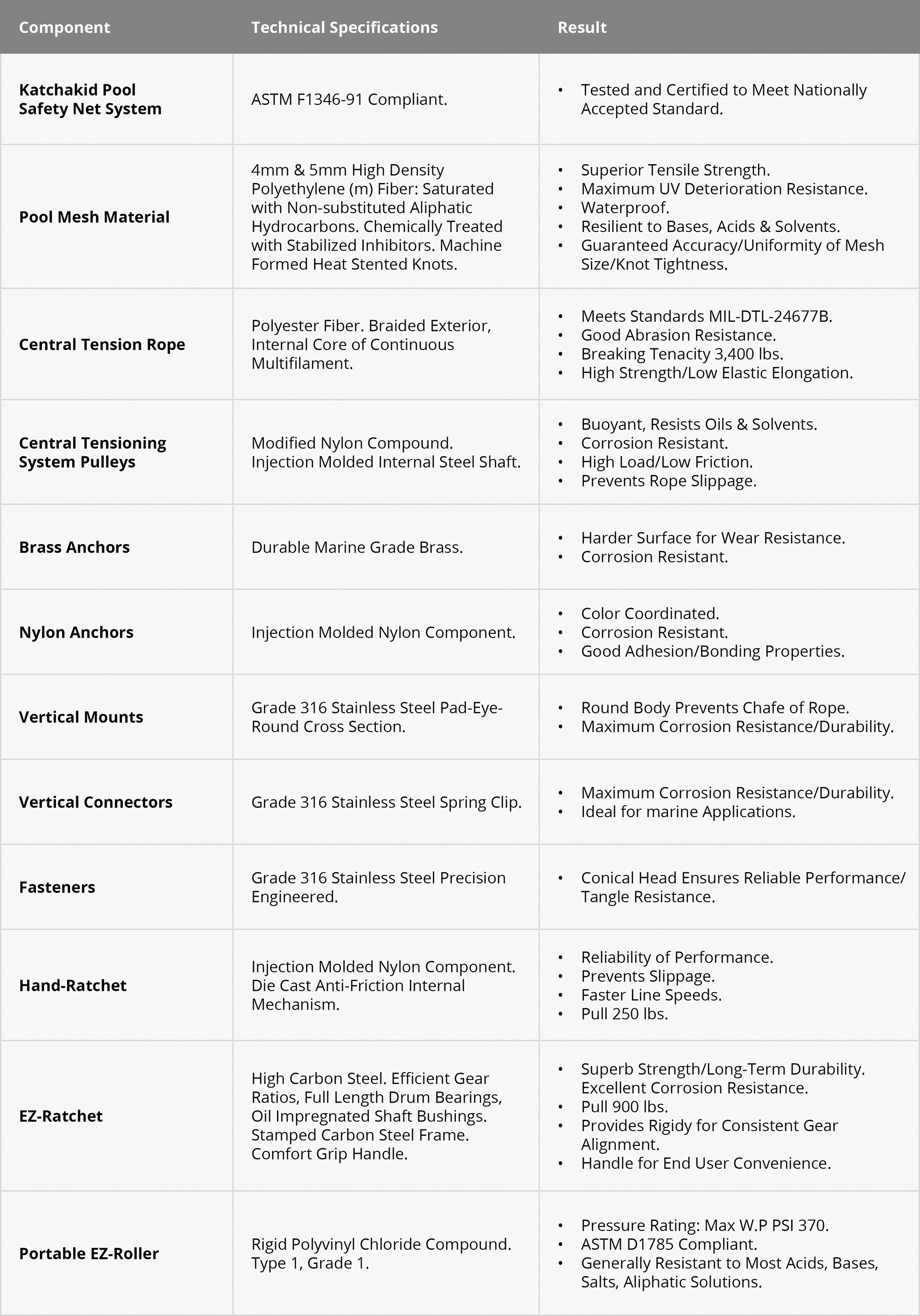Selecting A Child’s PFD
Recent sad reports have highlighted the very real risks of swimming in natural water; people overestimate their swimming skills and underestimate the conditions & strength of the water. Statistics show that approximately 47.2% of all unintentional drowning deaths (including drowning deaths while boating) occur in natural water. According to the US Coast Guard, 9 out of 10 natural water drowning’s take place in inland waters, most within a few feet of safety. Furthermore, as many as 88% of these tragedies may of have been prevented by the use of a personal flotation device (PFD). With so many different styles of PFD’s available, fabricated from varying materials, how do you begin selecting the right child’s PFD?
U.S.C.G. and the Five Types of PFD
The United States Coast Guard tests and approves PFD’s. This beneficial benchmarking service assures parents of a quality product and, therefore, is a great place to start when selecting a child’s PFD. The U.S.C.G. has five specific categories of Personal Flotation Devices for different contexts and applications:
- Type I: Offshore Lifejacket -Best for open, rough or remote water where slow rescue may be coming.
- Type II: Near-shore buoyant Vest -Good for calm, inland water or where there is a good chance of fast rescue.
- Type III: Flotation Aid -Good for calm, inland water or where there is a good chance of fast rescue.
- Type IV: Throwable device. Rings, horseshoes, cushions -Good for calm, inland water with heavy traffic, where help is always nearby.
- Type V: Special use devices.
PFD’s For Children
The two types of PFD’s worn by infants and children are the US Coast Guard’s type II and type III devices. These PFD’s come in many styles: zippered, side entry, pullover, and with or without pockets. It is important to note that different jackets will suit different children, so choose the PFD that fits best, snugly and without chaffing. A PFD should fit like a glove without inhibiting free movement.
Infant Type II PFD’s
PFD’s are typically type II. This PFD will commonly have a padded neck collar incorporating a head support that assists in keeping the baby face-up, out of the water.
Popular choices have mesh backs that allow a child to lie comfortably on a blanket or in a baby seat.
Child Type III PFD’s
Type III jackets are usually more comfortable; however, training and practice is advised to make sure your child knows how to use the device as a support & float in an emergency.
Other features to look for:
- Grab handles / lifting straps to aid faster rescue.
- Bright colors & reflective panels for visibility.
- Leg straps & groin panels to keep the vest in position and prevent ride up.
Weight Sizing Recommendations
Unlike adult PFD sizing that are based on chest measurements, a child’s PFD sizing is based upon the weight of the child. The three weight sizes of PFD’s for children are as follows:
- Infant PFD’S-Newborn to 12 months, 8 – 30lbs.
- Child PFD’s- Ages 2 – 10 years, 30 – 50lbs.
- Youth PFD’s – Ages 10 – 18 years, 50 -90lbs.
Note:
- The U.S.C.G. does not recommend taking infants under 18 months aboard any recreational vessel.
- Anyone over 90lbs should consider wearing an adult-sized PFD.
- In most states it is required for children under 13 to wear a Coast Guard approved life jacket on recreational vessels underway.
PFD Fit

To properly check the fit of your child’s PFD, lift them up holding the shoulders of the device while they are wearing it. If the child’s chin and ears do not slip through the device, then there is a good chance it is well fitted. Once this test is complete, go into the pool or other body of shallow water with your child to see how they float with the device on; make sure their chin is comfortably and securely above the water.
The same goes for older children wearing Type III PFDs. Since these devices may not necessarily turn the wearer face up in the water, it is important that the child gets acclimatized with the jacket. Make sure your child knows how to hold themselves upright while floating with the PFD on — you can never be too careful. Show them how to relax and keep their head back while letting the device do most of the work as panicked movements may cause a change to the fitting of the child’s PFD.
PFD Material Fabrication

Environmentally Friendly Materials
- Gaia – These jackets use organic nitrile compound foam to float. It has a very low density, lending to the lightweight nature of the device without affecting its performance.
- Kapok – These devices are made up of the fibrous material surrounding the seeds of the Ceiba tree. This material is recyclable, and therefore fairly Earth-friendly. It is very light, has high buoyancy, and is durable for several years. However, jackets made of Kapok are very heat-sensitive and can catch fire quite easily.
High Utility Materials
- Nylon – Life preservers worn by kayakers and other paddlers are commonly made up of nylon due to its lightweight nature. Nylon PFDs tend to be less expensive than those made from other materials.
- Neoprene – Neoprene PFDs can be more comfortable than those made of nylon, because they can stretch to fit the body’s curves. They are also softer to the touch.
Playing it Safe

It is important to ensure that your child’s PFD is well maintained and in good shape at all times. Store it in a cool, dry place and avoid leaving it exposed for extended periods of time. Keep it away from heat sources such as radiators and water heaters and always test it for function and condition before embarking on an aquatic adventure. Keep in mind that each PFD should be customized to the wearer, so name-mark each vest to ensure that everyone is well fitted on the water and do not buy the devices with room for growth. It may be a good idea to tie a whistle to your child’s vest, so your child can quickly be found if you lose sight of them. Set a rule for your child, and adhere to it, that they are never to be on or around natural bodies of water without wearing their device.
While PFD’s undoubtedly help to keep your child safe, water safety experts all agree that nothing is more important than close touch, competent adult supervision. Always be physically close to young children around water. Remember you have to be able to see and reach them to save them.






